
How to Use Relay: Examples, Pinouts, and Specs
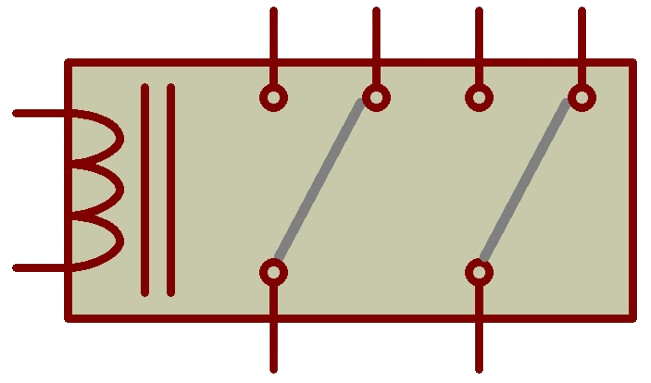
 Design with Relay in Cirkit Designer
Design with Relay in Cirkit DesignerIntroduction
A relay is an electromechanical switch that allows you to control a high-power or high-voltage circuit using a low-power signal. It is commonly used in applications where it is necessary to control a large power load with a smaller control signal, such as home automation systems, automotive electronics, and industrial machinery.
Explore Projects Built with Relay
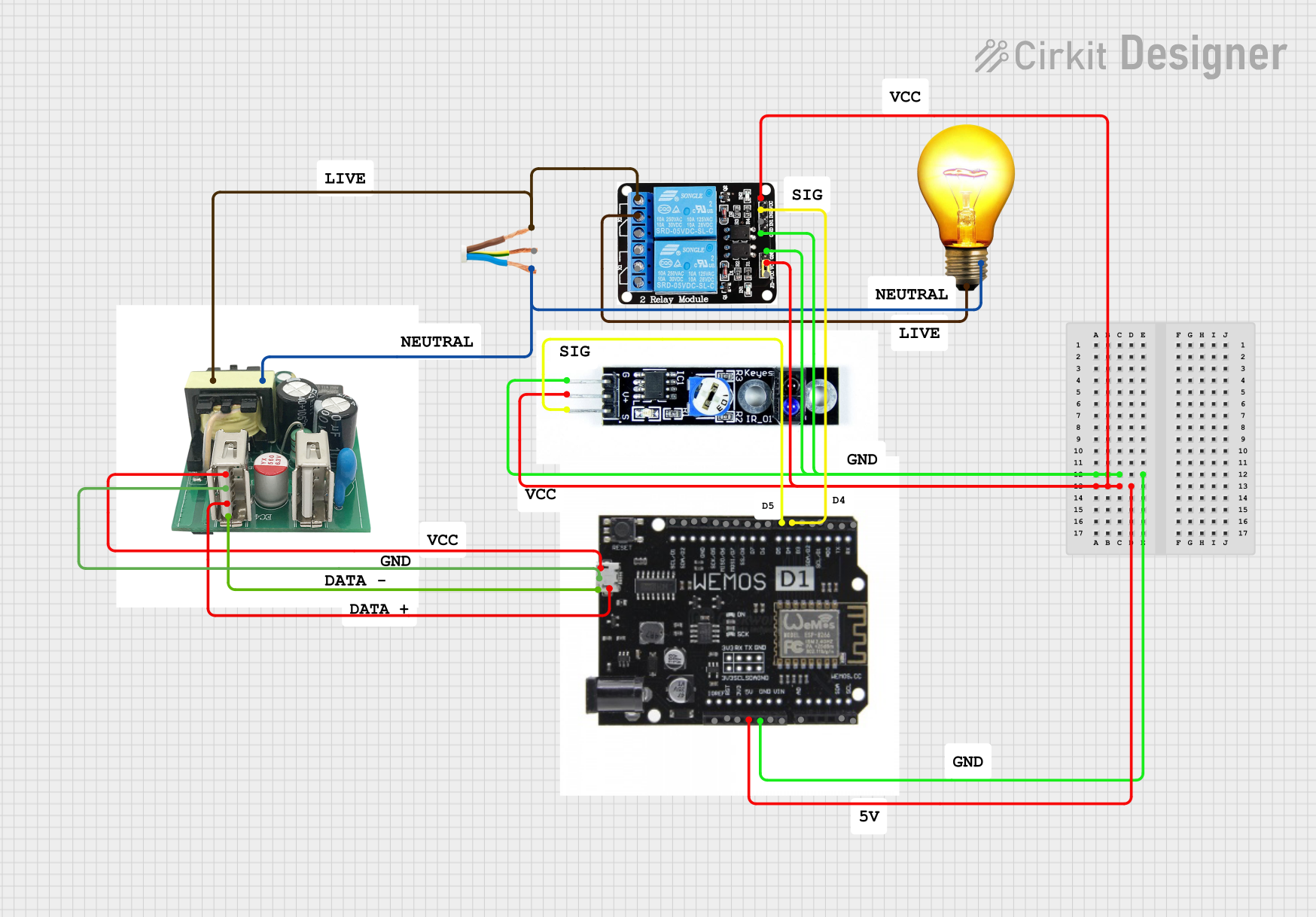
 Open Project in Cirkit Designer
Open Project in Cirkit Designer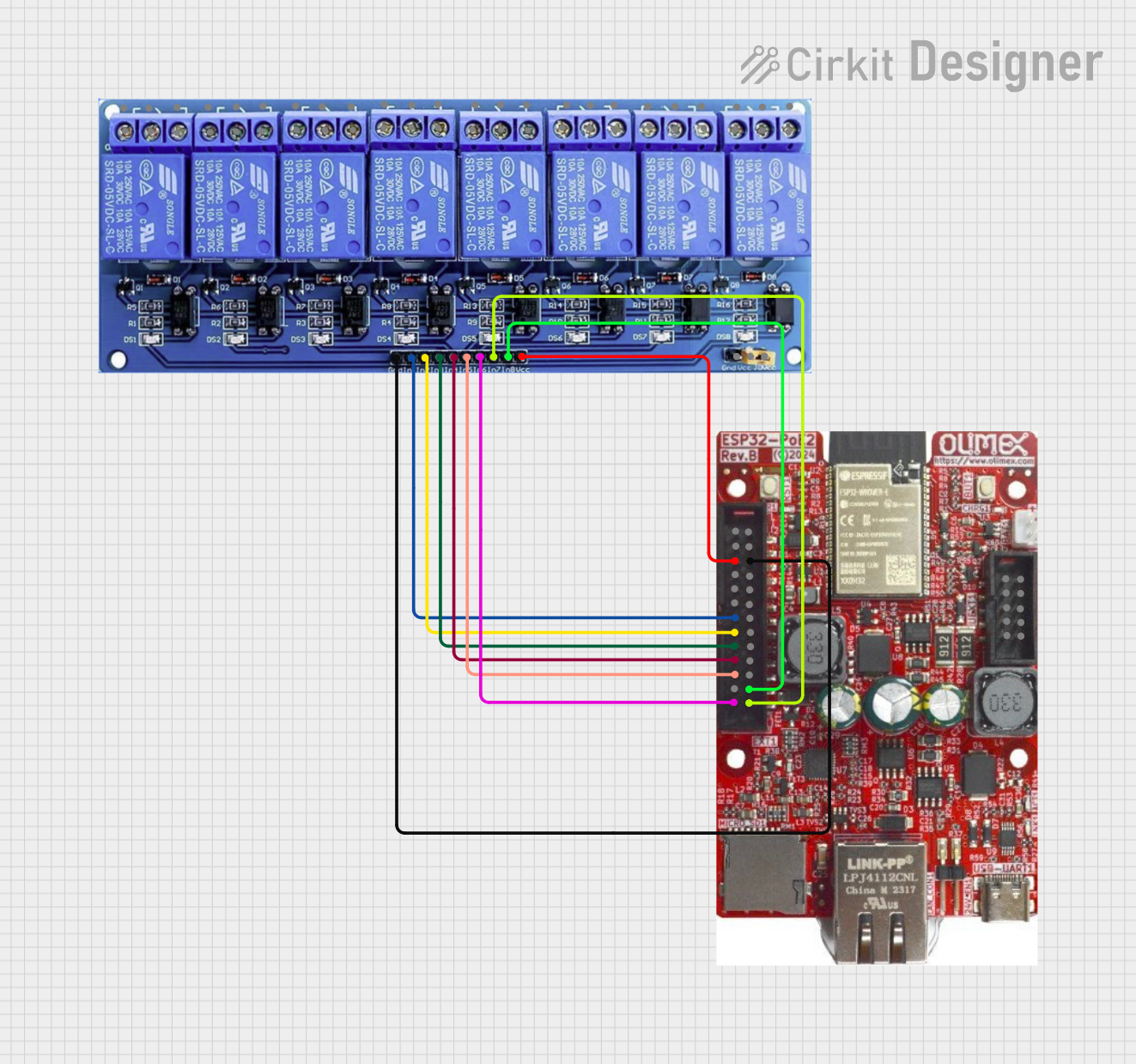
 Open Project in Cirkit Designer
Open Project in Cirkit Designer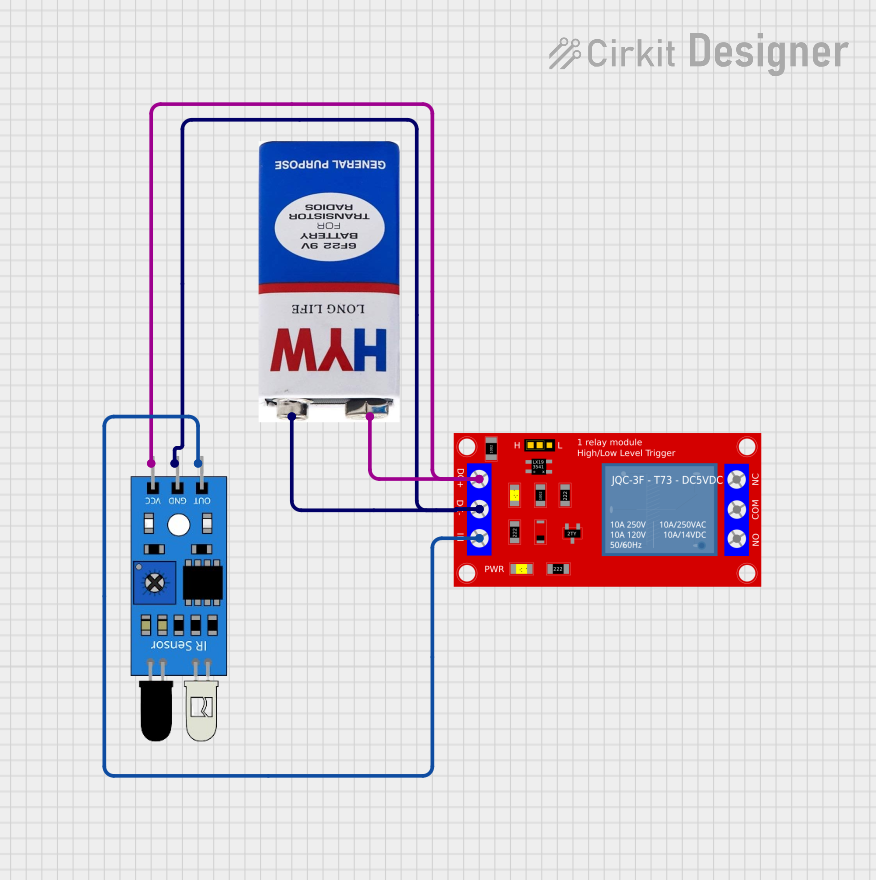
 Open Project in Cirkit Designer
Open Project in Cirkit Designer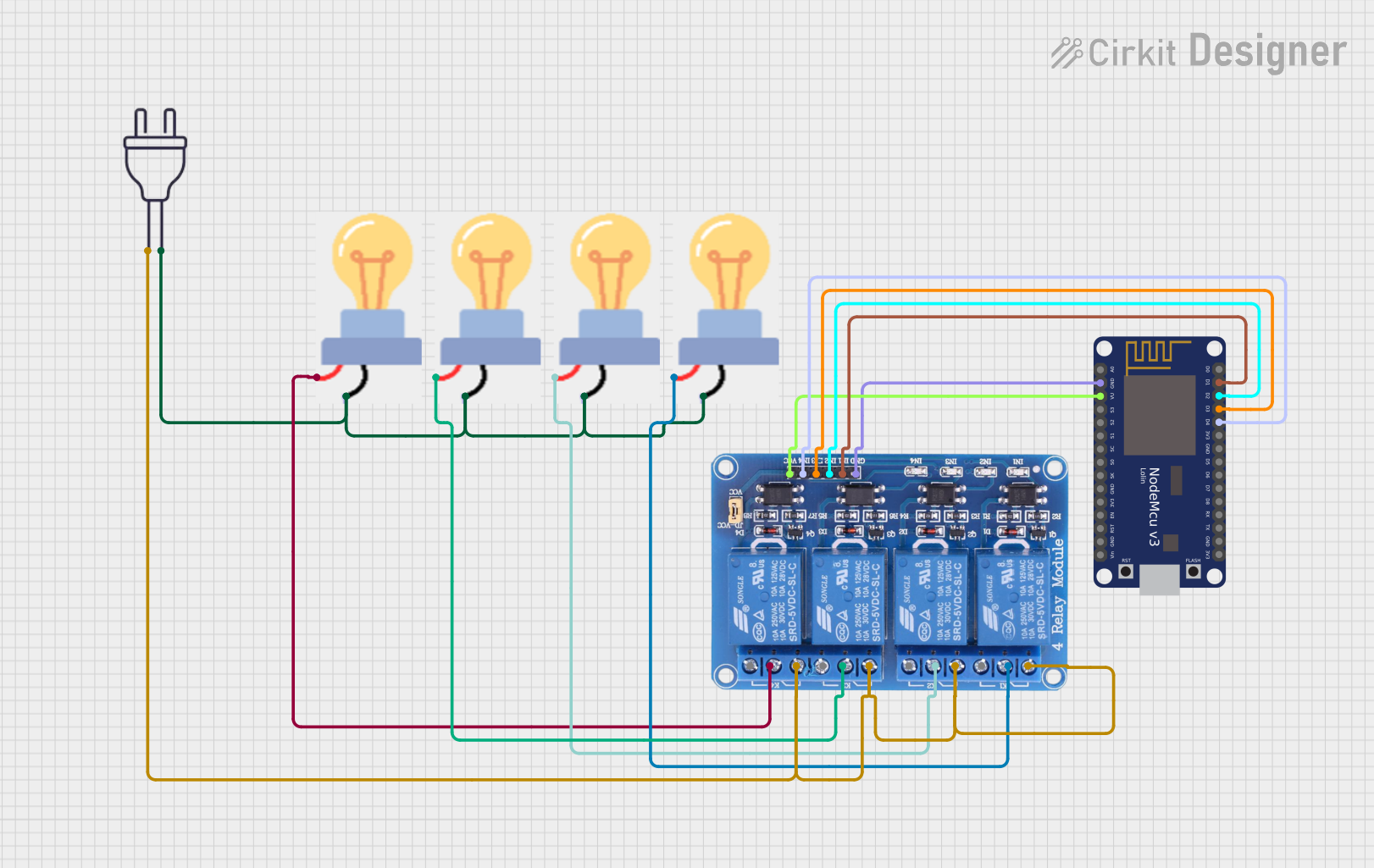
 Open Project in Cirkit Designer
Open Project in Cirkit DesignerExplore Projects Built with Relay

 Open Project in Cirkit Designer
Open Project in Cirkit Designer
 Open Project in Cirkit Designer
Open Project in Cirkit Designer
 Open Project in Cirkit Designer
Open Project in Cirkit Designer
 Open Project in Cirkit Designer
Open Project in Cirkit DesignerCommon Applications and Use Cases
- Remote control of high-voltage appliances
- Automotive electrical systems
- Industrial automation
- Home automation
- Switching of lighting systems
Technical Specifications
Key Technical Details
- Coil Voltage: The voltage required to energize the relay coil.
- Contact Rating: The maximum current and voltage that the relay contacts can handle.
- Switching Voltage: The maximum voltage the relay can switch.
- Switching Current: The maximum current the relay can switch.
- Contact Configuration: Normally open (NO), normally closed (NC), and changeover contacts.
Pin Configuration and Descriptions
| Pin Number | Description | Type |
|---|---|---|
| 1 | Coil Voltage (VCC) | Input |
| 2 | Control Signal (IN) | Input |
| 3 | Ground (GND) | Ground |
| 4 | Normally Open (NO) | Output |
| 5 | Common (COM) | Output |
| 6 | Normally Closed (NC) | Output |
Usage Instructions
How to Use the Relay in a Circuit
- Connect the relay coil pins to your control circuit (VCC to positive, GND to ground).
- Apply the control signal to the IN pin to energize the coil.
- Connect the high-power circuit to the Common (COM) and either Normally Open (NO) or Normally Closed (NC) contacts depending on whether you want the circuit to be closed or open when the relay is not energized.
Important Considerations and Best Practices
- Ensure the coil voltage matches the control signal voltage to prevent damage.
- Do not exceed the contact rating to avoid overheating and potential failure.
- Use a diode across the relay coil to prevent back EMF when the coil is de-energized.
- Consider using a relay with a higher current rating than your load to ensure reliability.
Example Code for Arduino UNO
// Define relay control pin
const int relayPin = 2;
void setup() {
// Set the relay control pin as an output
pinMode(relayPin, OUTPUT);
}
void loop() {
// Turn on the relay by setting the control pin LOW
digitalWrite(relayPin, LOW);
delay(1000); // Wait for 1 second
// Turn off the relay by setting the control pin HIGH
digitalWrite(relayPin, HIGH);
delay(1000); // Wait for 1 second
}
Troubleshooting and FAQs
Common Issues
- Relay does not switch: Check the control signal and coil voltage.
- Contacts are stuck: This may be due to welding from high current. Replace the relay.
- Intermittent operation: Verify connections and ensure there is no mechanical obstruction.
Solutions and Tips for Troubleshooting
- If the relay coil is not energizing, check the control signal and power supply.
- Ensure the load does not exceed the contact rating of the relay.
- Use a multimeter to check for continuity across the relay contacts when energized.
FAQs
Q: Can I use a relay with a higher voltage rating than my load? A: Yes, it is safe to use a relay with a higher voltage rating than your load.
Q: How do I know if my relay is working? A: You can listen for a click when the relay is energized or use a multimeter to check for continuity across the contacts.
Q: Can I control a relay directly with a microcontroller? A: Yes, but ensure the coil current is within the microcontroller's drive capability, or use a transistor to amplify the signal.